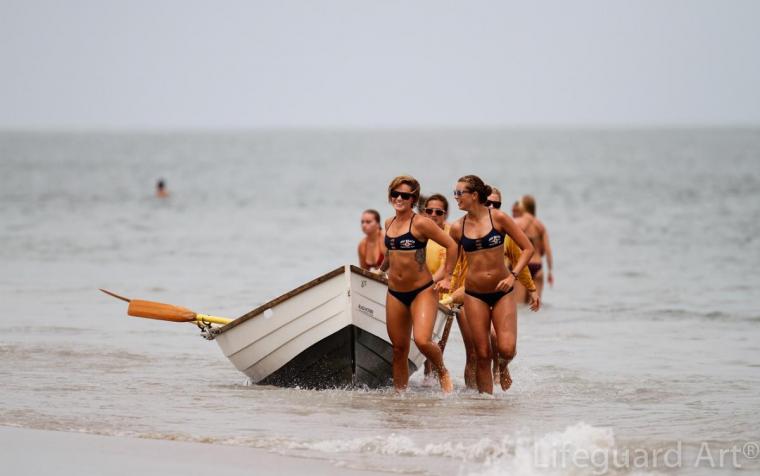
The United States Lifesaving Association (USLA) is America's nonprofit professional association of beach lifeguards and open water rescuers. The USLA works to reduce the incidence of death and injury in the aquatic environment through public education, national lifeguard standards, training programs, promotion of high levels of lifeguard readiness and other means. A full history of the evolution of the sport, and consequently, Association, can be found here.
The USLA’s National Lifeguard Championships are a four-day competition featuring events that showcase guards’ skills. These will include board races, surf swims, surf boat races, beach flag and rescue races; running relays; iron man and iron woman competitions; and a 2K beach run. This year, the event will take place in Daytona Beach, Florida, from August 9-12.
Sports Destination Management: These championships use skills found in lifesaving – do the events change from year to year?
Tom Gill: We just celebrated our 50th anniversary in 2015, and I would say the events have changed over the years; they have evolved with the different equipment and techniques used by the guards in their everyday jobs on the beach.
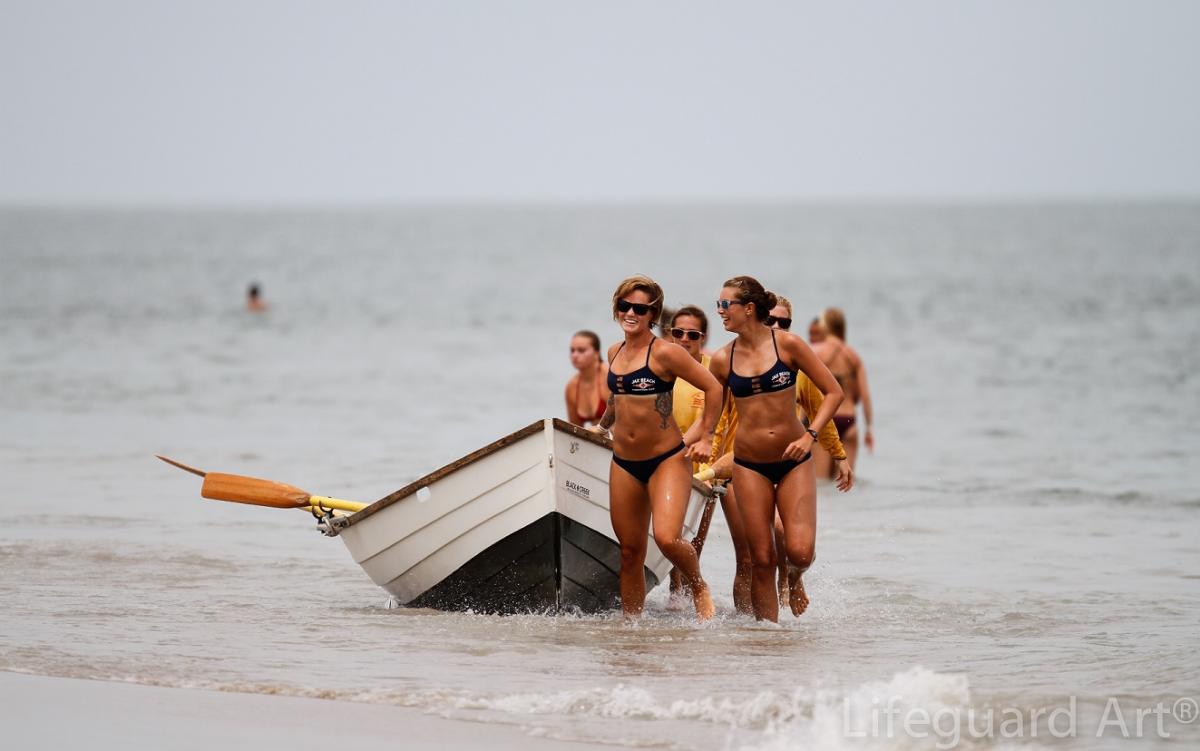
SDM: The National Lifeguard Championships attract athletes from across the country. Are all the athletes active lifeguards?
Gill: Typically, we have around 1,000 competitors, and most of those are lifeguard and junior lifeguards, although some are alumni. Junior Lifeguards are a division of our membership for kids age nine to 17. Many of our chapters have programs for junior guards, and they offer a great opportunity for people to give their children water safety knowledge, and get them involved in a physical activity.
SDM: Is the event held in a different place each year?
Gill: Yes, it moves around. We sometimes find a spot we like to hang out in, and we’ll come back to it.
SDM: What are you looking for in a site? Obviously, it needs to be on a beach.
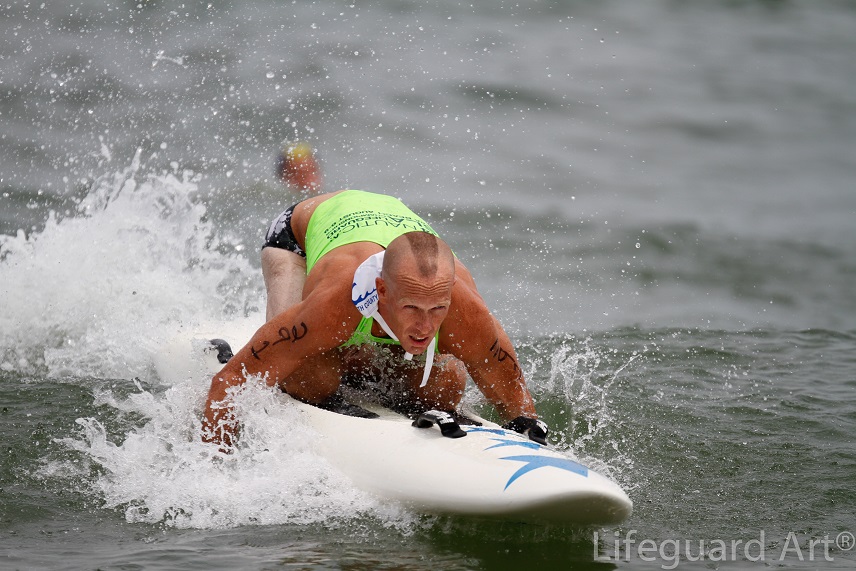
Gill: Yes, of course, we use coastal communities. The competition uses a fair amount of beach, so we need that. It’s also good to have the infrastructure people need to get around. Most of the action takes place on a beach, but, for example, in Daytona, I think we’re going to use the Ocean Center for registration and for our opening activities.
SDM: What do cities see as a result of hosting the championships?
Gill: The areas that host these competitions are pleasantly surprised by the number of competitors. Many of them travel with their families and friends, and they’ll typically add another day or two to explore the area. Even though they are coming from another coastal community, they really do love the beach, and they love exploring another beach and the city around it.
SDM: What is the economic impact?
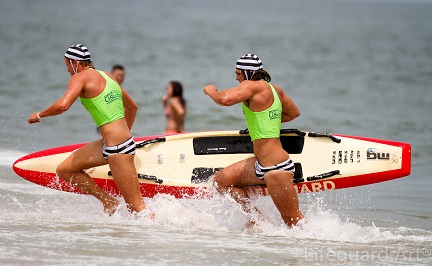
SDM: What is the demographic of the competitors?
Gill: The majority will be male in their mid-twenties, but we’ve seen a great increase in female competitors. We’re also starting to see a more diverse group of lifeguards; in fact, every coastal community encourages diversity, and we’re absolutely overjoyed by it.
SDM: Because USLA is encouraging diversity as well?
Gill: Because the other side of what we do is that we want people to learn to swim – that is the key. Historically, minorities haven’t been the demographic that learned to swim. We hope that as lifeguarding becomes more diverse, more people will see that and be inspired to learn to swim too.
SDM: Are you looking for places interested in being the hosts of future events?
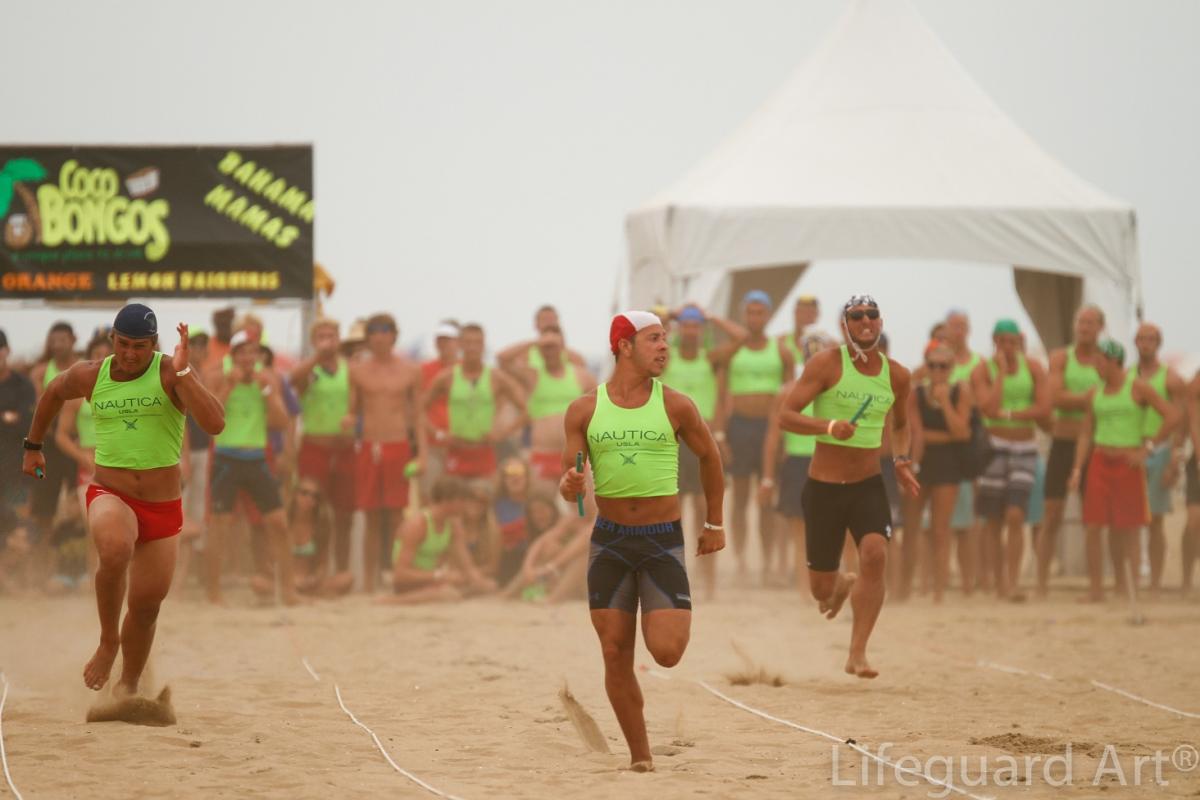
Gill: We’re always looking for interested areas! As nationals has grown, it has become very difficult to put on the level of event we want without a whole lot of support from the localities that are hosting.
Editor’s Note: Cities interested in hosting can find out more from this section of the USLA website.
SDM: After people are done being lifeguards, do they seem to gravitate to professions like fire, police, rescue or first responder – places where they’ve used some of these skills?
Gill: I think there is definitely a group that does – people have their interest piqued by serving as a lifeguard, and by handling medical emergencies. We also have a lot of USLA members who move on to the military, elite forces, Navy SEALs, the Coast Guard; but we also have people who become lawyers and everything else. I think I think the time people spend on the beach is an incredible opportunity for them to learn about what the world is like and what people are like.

Gill: Certainly, a lot of people are involved in swimming and in swim teams, but there are also athletes from all different disciplines. Something interesting, for example, is that many people are surfers, and we find them to be some of the most knowledgeable about the ocean. Plus, if you’re lifeguarding, you’re spending part of your day working on the beach, which gives you the opportunity to surf outside of work.
We also see people working in the off-season teaching about water safety in schools or working with triathlons and other events where there will be open water swims.
SDM: In some places, lifeguards are required by law, but not all beaches are like that.

Gill: We try to encourage coastal communities to have lifeguards. Not every beach will, but we want people, if they’re going to go to a beach, to choose one where there are lifeguards. We’ve had a lot of success, for instance, in getting areas around the Gulf Coast to have lifeguards present.
SDM: In looking at your website, it appears you’re hosting a golf tournament. Does that raise money for Nationals?
Gill: No, actually, that raises money for our USLA National Team. Our National Championships are a large part of picking teams to travel nationally to represent the USA in lifeguarding competitions worldwide. For example, our current team will go to Japan at the end of June and to New Zealand in November. In 2018, in the November/December time frame, the world championship will be held in Adelaide, Australia. That means the 2018 National Championships will be

SDM: You have a national team. Is there any plan for there to be lifesaving in the Olympics some day?
Gill: Lifesaving is actually a recognized sport under the IOC. Many people don’t know that.
SDM: One more question: What are your thoughts on the new Baywatch movie?

Gill: I hope people will be entertained, because that is exactly what a movie should do. I plan on going to see it. Of course, from what I’ve heard, it’s about 95 minutes of action and five minutes of dialogue. As a lifeguard, if you have that much action on your beach, you’re not doing your job right.

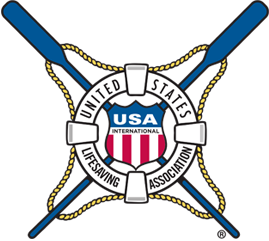 www.usla.org
www.usla.org
